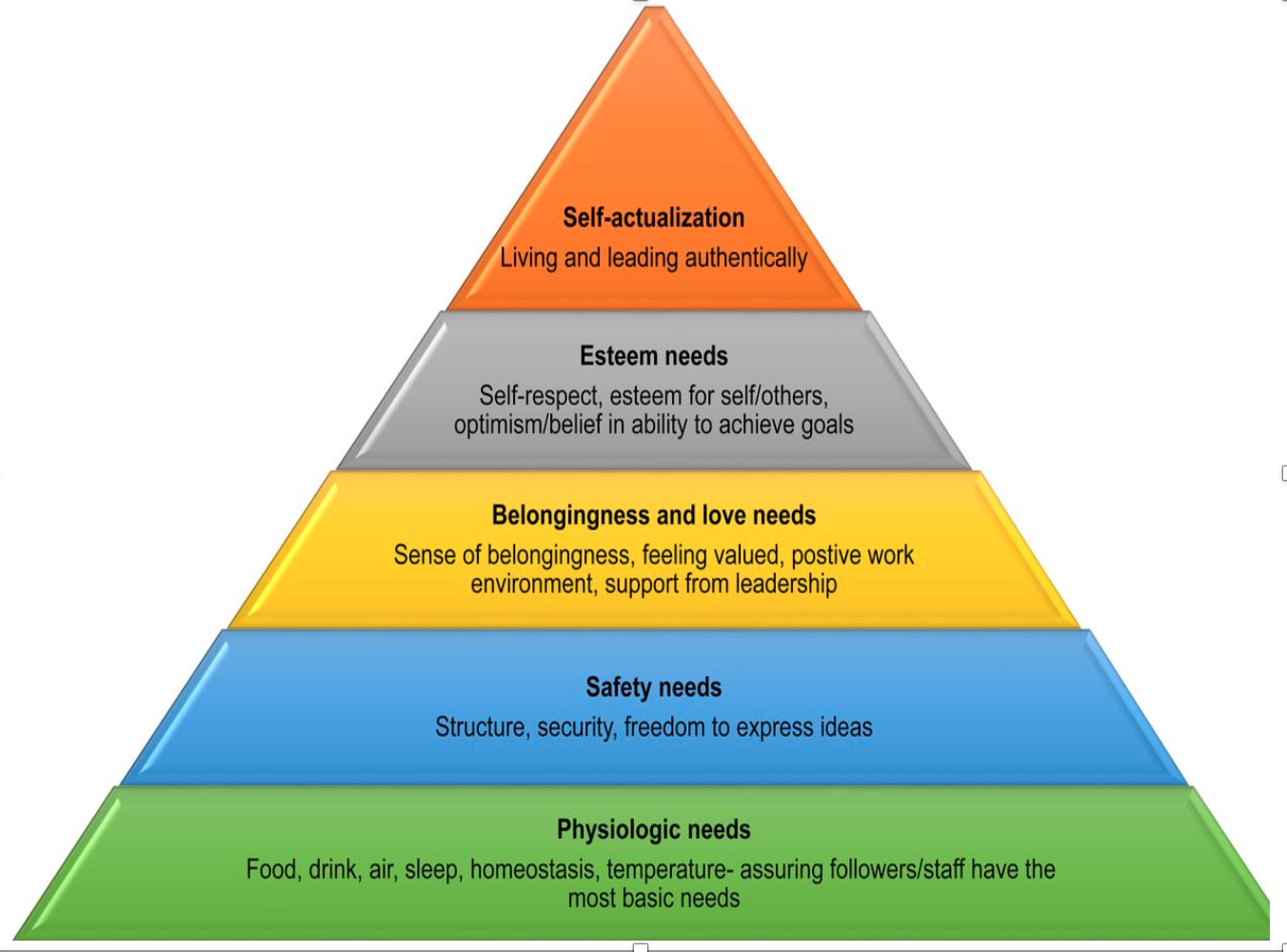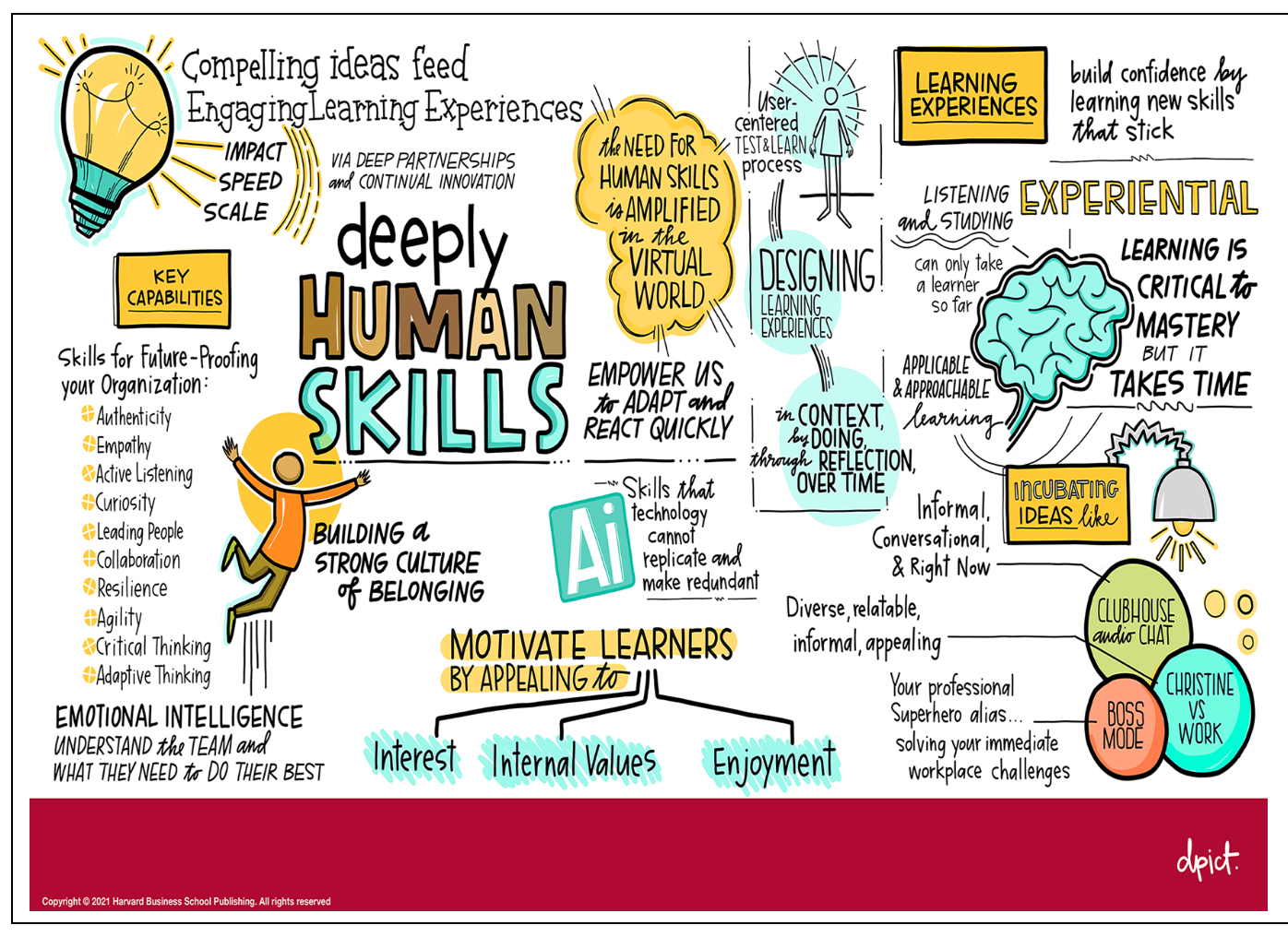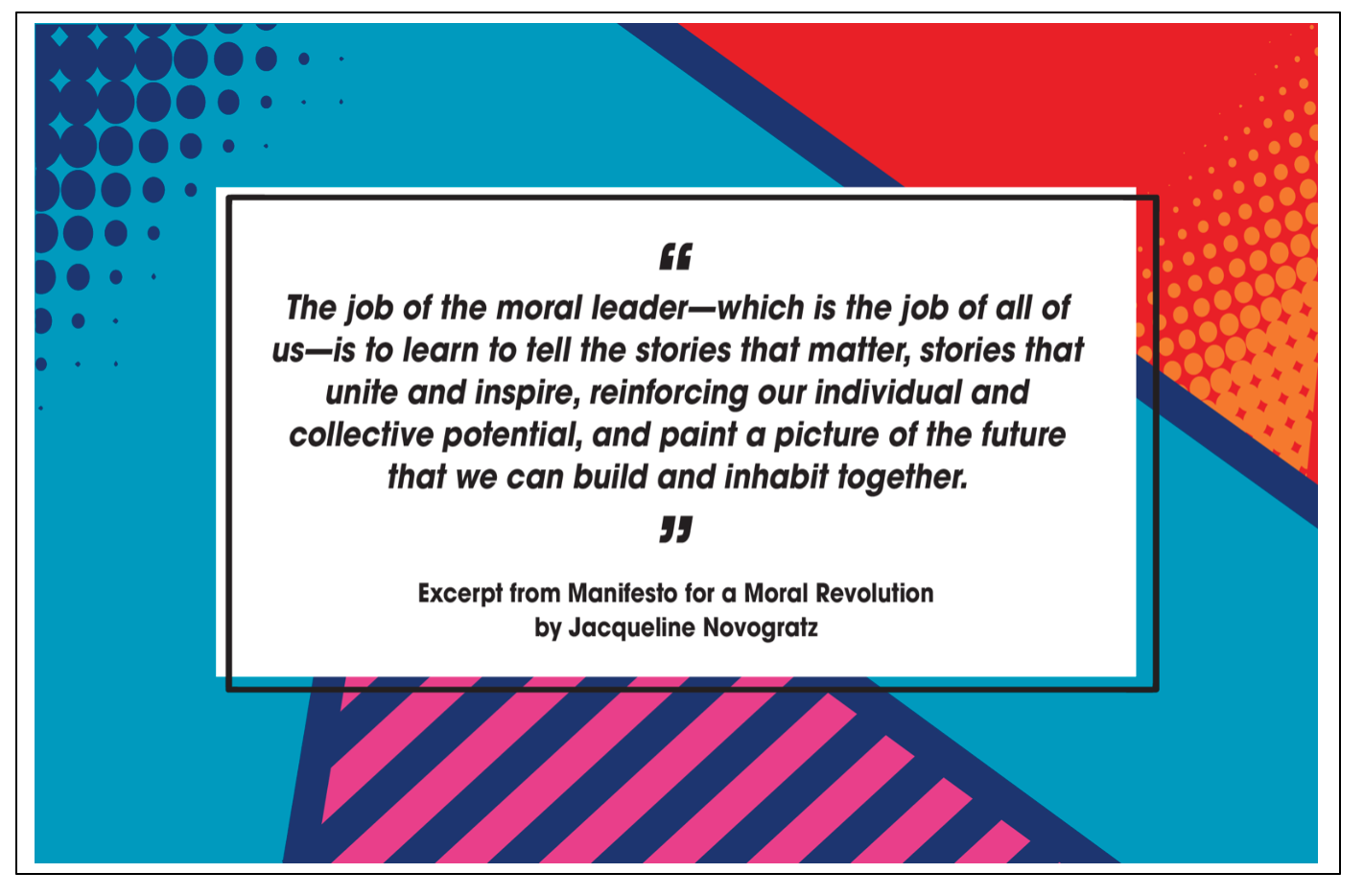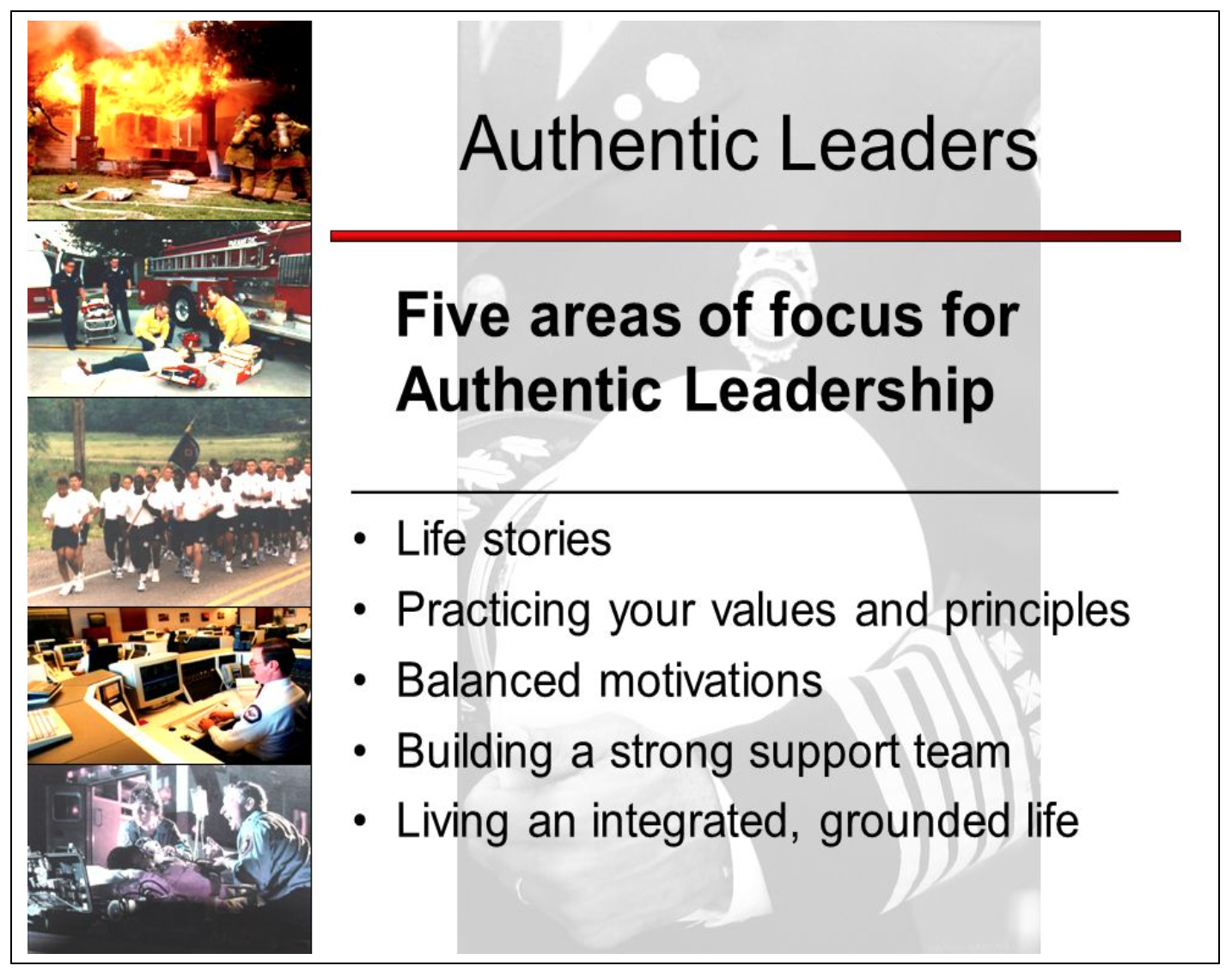 How did I build authentic leadership through storytelling? Think about the impact Pixar movies have not only on kids but adults, too! For example, Cars teaches how to be a respected and strong leader. Remember Lightning McQueen going through the process of self-discovery and learning what it takes to be an effective leader? Great storytelling is memorable and moves us to change.
How did I build authentic leadership through storytelling? Think about the impact Pixar movies have not only on kids but adults, too! For example, Cars teaches how to be a respected and strong leader. Remember Lightning McQueen going through the process of self-discovery and learning what it takes to be an effective leader? Great storytelling is memorable and moves us to change.
Storytelling is the #1 business skill necessary to connect, motivate, and lead people in today’s world.
 Strategic storytelling also changes attitudes and behaviors, as McGill University College of Medicine research shows. Students initially perceived dementia patients as difficult to treat. After participating in storytelling exercises, medical students’ attitudes were much more sympathetic. And patient care was viewed in a different light. Storytelling made a significant impact.
Strategic storytelling also changes attitudes and behaviors, as McGill University College of Medicine research shows. Students initially perceived dementia patients as difficult to treat. After participating in storytelling exercises, medical students’ attitudes were much more sympathetic. And patient care was viewed in a different light. Storytelling made a significant impact.
What Is Authentic Leadership Through Storytelling?
First off, what exactly is an authentic leadership style? It’s a leadership style focusing on transparency, morals, and high ethical standards. It also encourages open collaboration with teams.
Authentic leaders never lose sight of their core values and principles. They lead with their hearts, cultivate long-term relationships, and demonstrate excellence through self-discipline, according to Bill George, creator of authentic leadership theory, best-selling author, and a senior fellow at Harvard Business School.
Authentic leadership through storytelling occurs when leaders share compelling stories. These stories engage employees in life experiences while learning lessons and defining organizational and internal values.
“Storytelling can educate, can entertain, but in the end, the most important thing storytelling can do is to inspire us, to move us, to change us, to have us think differently.” – What Happens When Authentic Leadership Focuses on Storytelling?
 Great stories are about transformation. Humans change through experiences. Stories catch their attention and stir emotions. Stories inspire and create change.
Great stories are about transformation. Humans change through experiences. Stories catch their attention and stir emotions. Stories inspire and create change.
Recall The Boy Who Cried Wolf, one of Aesop’s Fables? And remember the moral of the story? When making false claims, humans will have difficulty believing true claims. The story is hard to forget and makes a lifelong impression.
Storytelling reveals leaders’ personalities and their humanity. Sharing interests, core values and goals is being transparent. As authentic communicators, the story comes from the heart. It’s personal and their authentic behavior is apparent.
Storytelling empowers employees to reconnect with their mission, teams, and themselves. It builds the bridge between employees and the organizations’ objectives. Employees “feel” their company’s mission. They “feel” their connections with their team members and themselves.
“The team you build ends up being the company you build.” – Ways Storytelling Shapes Company Culture
#1. Ignites and strengthens real connections.
Humans seek trusting relationships in healthy work environments and in their personal lives. Work relationships are more challenging to cultivate and maintain. These relationships are essential as they help employees feel valued, engaged and more productive.
Authentic leaders are aware of their own strengths, limitations, and emotions. They lead with their heart, not just their minds. They are not afraid to show their true self and connect with their employees. When they share a personal story, they will not only ignite but strengthen employee relationships and build trust. As they don’t hide their mistakes or weaknesses out of fear of looking weak.
“Using a story to communicate with people makes all the content more memorable, impactful and personal.” –
According to Harvard Business Review, there are ways to apply storytelling principles: Identity the moral perspective or message. Find inspiration in life experiences. Choose a framework and details that will resonate with employees.
Authentic leadership through storytelling has many positive effects on employees. It instills a sense of belonging and being valued. Leading to greater motivation and productivity. Successful performance reviews and employee job satisfaction result.
#2. Encourages a supportive and psychologically safe workplace.
As connections strengthen throughout the entire organization, leaders should share both short- and long-term goals. And the company’s mission and the team’s goals.
Remember being likeable is being relatable, not being perfect. The best way to tell stories is so employees “feel” the goals and challenges. It is important they understand the necessary challenging work and the roadblocks to accomplishing these goals. Don’t ignore setbacks when talking about the team or the company. Own them as part of the story being told.
“Share the successes AND the failures, but what’s most important is that you never give up—on your team and on your company.”
Employees will become personally connected when sharing success stories, challenges, and setbacks. Make the stories memorable and personal. Employees relate to business leaders who are like them.
Recall moments that have happened in the past. Small story moments like, “I remember the first time I was told the direction changed on an initiative. I had worked so many long hours on the project. I remember how I felt.” Having a solid understanding of emotions helps leaders use their emotional intelligence. Storytelling helps to reduce stress, prevent conflicts, and develop better work relationships. Higher quality work and productivity result. As connections between manager and employee become rooted in trust and effective communication.
Employees will see how they can make a difference and contribute. They will begin to openly share ideas without fear of judgment. Or encountering roadblocks. They’ll see their company culture encourages and nurturers innovative ideas. And embraces fear and failure as part of the process.
#3: Inspires open, genuine conversations
Strengthened connections and a supportive, psychologically safe workplace allows for increased storytelling opportunities. Leading to open, genuine conversations.
 Authentic leaders coach through storytelling. This helps with “gentle” honesty and excels communication. Employees respect leadership for not “dancing around the issue.” Relational transparency is a key component. Employees in these scenarios will commit to success and will be open to trying new processes.
Authentic leaders coach through storytelling. This helps with “gentle” honesty and excels communication. Employees respect leadership for not “dancing around the issue.” Relational transparency is a key component. Employees in these scenarios will commit to success and will be open to trying new processes.
Storytelling opens the door to communicating how employees are doing. How they feel about workload and deadlines. They will feel comfortable asking for feedback on strengths and ways to improve on the job.
Storytelling helps inspire open and genuine conversations. Business relationships strengthen, and trust builds. Employees respond favorably to feedback. It creates ideas for new, improved processes and workplace happiness results.
#4: Increases collaboration.
“It’s not just about the hero, it’s about the mentors and allies that go on the journey with the hero on their journey.”
Authentic leaders focus on we not I. And they are coaches not bosses. Big differences! Authentic leaders offer guidance and support.
They trust others to do the work. They allow for freedom to innovate, experiment, and learn. Who knows … something unexpected could happen! I’m guessing one day at Apple someone asked, “What if you could put 1,000 sounds in your pocket?” And the iPhone was born!
Storytelling goes hand in hand with collaboration. When employees collaborate, it sharpens their communication skills and helps build trust amongst teams. Positive behaviors result and the team performance excels.
Remember in Toy Story, the team came together, and with the aid of Etch a Sketch and Speak and Spell they mapped out what they needed to do to save the day. Collaboration at its finest!
#5: Builds confidence in decision-making.
Strengthened connections, supportive psychologically safe workplaces, open conversations, and collaborative teams leads to confident decision-making. A true feeling of belonging now exists.
When employees make decisions there is a connection to who they are doing it for, what they’re doing, and why they are doing it.
The more employees trust others the more confident they will be in making decisions. Having a psychologically safe culture allows for cognitive diversity. The inclusion of employees with different problem-solving styles and perspectives enriches the act of storytelling.
Storytelling leads to better business results. It creates space for innovation to flourish. Decisions are now based upon what’s best in the long term for the company. Rather than indecisiveness or going with the “popular” option.
#6: Creates an ongoing learning culture.
When authentic leaders share stories about their continual learning journey, employees see it’s ok and “normal” to learn new skills. They will also understand the importance of staying abreast of industry knowledge.
Stories also encourage knowledge sharing. Organizations should have a central location for document sharing. These documents tell a story within themselves. Cross-functional meetings and mentoring programs open the door to sharing stories.
Watch Safety Projects International’s (SPI) award winning video series for more details on ways to continue developing a learning culture.
Storytelling builds excitement about learning. Employees will develop a growth mindset as employees share stories of their learnings. And share their knowledge. Promotions will occur from within rather than HR looking outside the company. As storytelling continues employees will be increasingly open to learning. And employee engagement continually rises throughout the organization. Not only is a sense of purpose felt but the organization’s mission statement is also felt.
“…to be inspired and to feel something. That’s what a good story does. A good story isn’t just about entertaining people, it’s about transforming people.” employee training and development eLearning library offers all the courses to curate a curriculum around authentic leadership, psychological safety, communication, decision -making, team building and more!
Leaders may find it beneficial to watch training courses on:
Emotional Intelligence., Concerned Conversations
Building an Effective Team, Certified Accredited Auditor
Building Strategic Alliances, Becoming an Authentic Leader
Empowering Employee Decisions, Psychological Safety for Managers
From a company perspective, leaders may suggest these training courses to their employees: Creating Collaboration, Healthy Communication
Relationship Building with Colleagues, Collaborating in a Digital Work World
Many of Safety Projects International clients open their SPI training library to their employees for self-directed learning. Employees can choose off-the-shelf training video courses best suited for their unique needs. Sign up for a free trial of our SPI LMS. And have access to SPI’s Business Skills library to watch any of the 390 courses available.
Bio:
Dr. Bill Pomfret of Safety Projects International Inc who has a training platform, said, “It’s important to clarify that deskless workers aren’t after any old training. Summoning teams to a white-walled room to digest endless slides no longer cuts it. Mobile learning is quickly becoming the most accessible way to get training out to those in the field or working remotely. For training to be a successful retention and recruitment tool, it needs to be an experience learner will enjoy and be in sync with today’s digital habits.”
Every relationship is a social contract between one or more people. Each person is responsible for the functioning of the team. In our society, the onus is on the leader. It is time that employees learnt to be responsible for their actions or inaction, as well. And this takes a leader to encourage them to work and behave at a higher level.
He can be reached at:
pomfretb@spi5star.com
